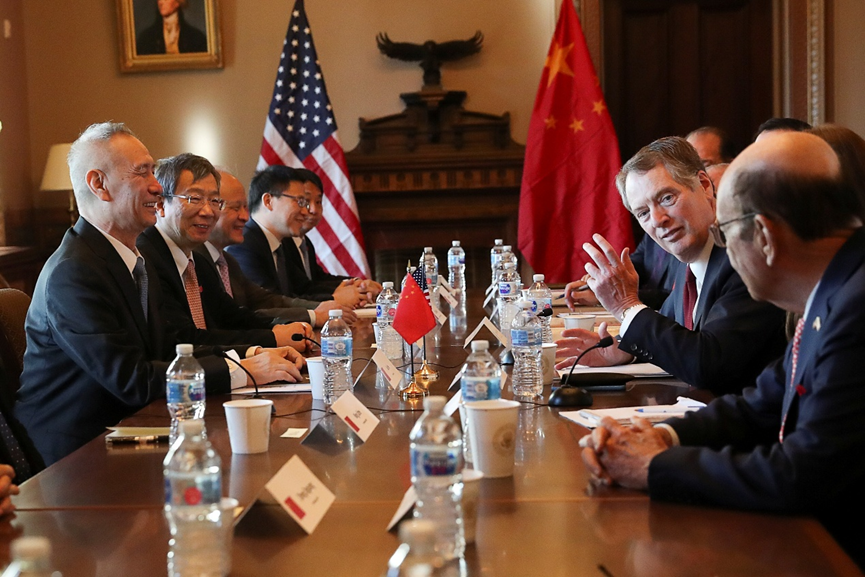

Despite the cooperative gestures shown by both sides, deeply entrenched U.S.-China tensions persist.
Image source: Reuters / Leah Millis
Surrounding joy
Associate Professor at the Faculty of Law, University of New South Wales
Co-Director of the China International Business and Economic Law (CIBEL) Center
Stephen Olson
Senior Research Fellow, Yusof Ishak Institute of Southeast Asian Studies, Singapore
The recently reached U.S.-China agreement marks a significant easing of tariffs, but this reduction is temporary—high tariffs will still remain in place.
The revived consultation mechanism signals that both sides are beginning to shift toward diplomatic dialogue—but past precedents raise doubts about whether such talks can lead to a lasting solution.
Despite both sides demonstrating a cooperative stance, deeply entrenched tensions continue to drive selective decoupling, threatening global economic stability.
After three months of the U.S.-China trade war, the two countries announced a temporary halt to the conflict.
BilateralThe reduction reaches 115%."Ultimately, this leaves only the basic 10% tariff rate under the so-called 'reciprocal tariffs.' China has also agreed to eliminate its non-tariff countermeasures."
The agreement establishes a 90-day mechanism for bilateral negotiations on trade and economic matters. However, lasting peace remains uncertain. Here’s how subsequent developments are likely to unfold.
Tariff reductions
Given the previously high tariff levels, while the new tariffs still remain close to crisis levels, they have already dropped significantly compared to earlier rates.
,
,,?
,,,42,20%“”
,,
“”,“”
,,,
,
,,,,
2006,·W·“”,2009“”,
,,2017
,,,
,,,,
“”,
,,
,,
,,
,,,
,,
49,90
,
,
Safety RequirementsThis move is clearly aimed at China.
As expected, China has already responded,Indicates"Cooperation between nations should not target or harm the interests of third parties."
Ongoing tensions
If subsequent negotiations follow this approach as well, it could negatively impact U.S.-China dialogue.
At a deeper level, the economic tensions between China and the U.S. stem from both countries' competitive ambitions to vie for global leadership in areas such as national security, strategic industries, advanced technologies, and critical supply chains. As a result, selective decoupling may still emerge in certain specific sectors.
While bilateral dialogue may struggle to address some of the deeper, structural issues in an increasingly polarized—or even multipolar—world, it remains essential.
The dialogue enables the world’s two largest economies to manage their differences and align competing interests through negotiation rather than confrontation.
However, with "America First" clashing head-on with the rising power of China, global economic stability remains dangerously precarious.

The above content solely represents the author's personal views.This article is translated from the World Economic Forum's Agenda blog; the Chinese version is for reference purposes only.Feel free to share this in your Moments; for reprints, please leave a comment at the end of the post or message us via our official.
Translated by: Sun Qian | Edited by: Wan Ruxin
The World Economic Forum is an independent and neutral platform dedicated to bringing together diverse perspectives to discuss critical global, regional, and industry-specific issues.
Follow us on Weibo, WeChat Video Channels, Douyin, and Xiaohongshu!
"World Economic Forum"


